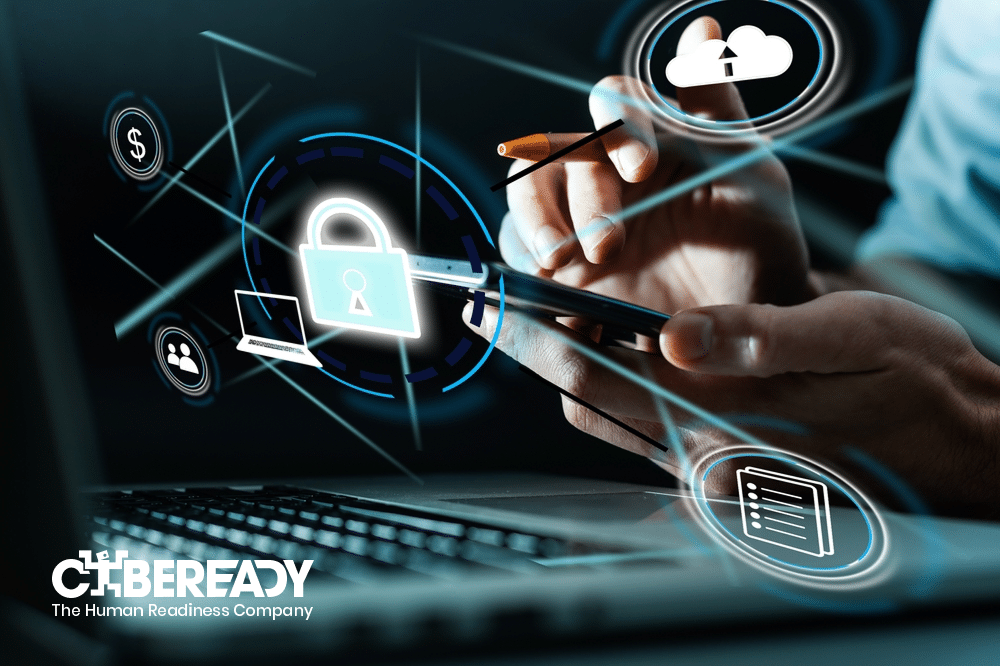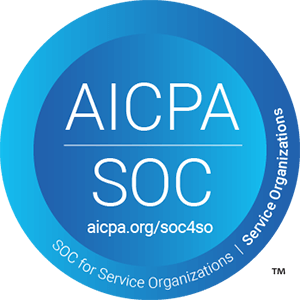In the landscape of cybersecurity threats, one adversary business module and implementation theme stand out as particularly concerning for security professionals: As a Service (as-a-Service). This clandestine industry, driven primarily by financial motives, has become increasingly sophisticated, posing significant challenges to organizations worldwide. One example of this phenomenon is ransomware as a service.
Traditionally, phishing attacks were orchestrated by skilled hacker groups capable of managing the entire value chain of an attack, from infrastructure setup to execution and money transfer. However, recent years have seen the emergence of a new model: suppliers offering specific services within the phishing ecosystem on a subscription basis, akin to legitimate Software as a Service (SaaS) models.
One such platform, LabHost, recently made headlines when international law enforcement agencies seized its operations. LabHost offered a comprehensive suite of services tailored to streamline phishing campaigns for its subscribers.
These services included:
- Email and SMS Templates: Pre-written templates optimized for maximum efficacy in exploiting human vulnerabilities.
- Phishing Websites: Maintenance and provisioning of a large portfolio of domain names, essential for creating authentic-looking phishing pages.
- Email Delivery Tools: Infrastructure for sending and tracking phishing emails, ensuring maximum reach and effectiveness.
- SMS and MMS Sending Tools: Facilitating SMS and multimedia messaging phishing attacks, often overlooked but equally potent.
- Website Hosting: Hosting and managing websites crucial for various phishing techniques, including credential harvesting and Man-in-the-Middle attacks.
- 2FA Stealing Platforms: Tools designed to circumvent multi-factor authentication mechanisms, a growing obstacle for attackers.
- Money Transferring Tools: Facilitating the secure collection and transfer of illicitly obtained funds, completing the cybercriminal’s profit cycle.
- Management Platform: A centralized platform for managing subscribers and orchestrating phishing campaigns with ease.
LabHost’s success was staggering, boasting over 10,000 users worldwide and accumulating vast amounts of sensitive data, including bank card numbers, PINs, and passwords. With a relatively affordable monthly subscription fee of $250 on average, it was accessible to a broad spectrum of cyber criminals.
For security professionals, the implications are profound:
- Lowered Barrier to Entry: Phishing-aaS significantly reduces the technical expertise required to execute sophisticated attacks, empowering even novice individuals.
- Cat-and-Mouse Game: The proliferation of mimicked sites makes detection and mitigation a challenging task for defenders, emphasizing the need for proactive measures.
- Technological Safeguards Aren’t Foolproof: While technologies like 2FA offer enhanced security, they are not immune to exploitation by determined attackers.
- Human Element: Ultimately, employees and their behaviors remain a critical vulnerability, underscoring the importance of ongoing education and training initiatives.
- Continuous Vigilance: Cybersecurity is not a one-time effort but an ongoing process. It requires constant adaptation and response to evolving threats.
In conclusion, the rise of Phishing-aaS underscores the need for a multi-faceted approach to cybersecurity, encompassing both technological solutions and human-centric strategies. By staying informed and proactive, organizations can better defend against this pervasive threat and safeguard their valuable assets in an increasingly digital world.
Discover how CybeReady can build your employees’ readiness against phishing threats. Schedule a demo today.
















